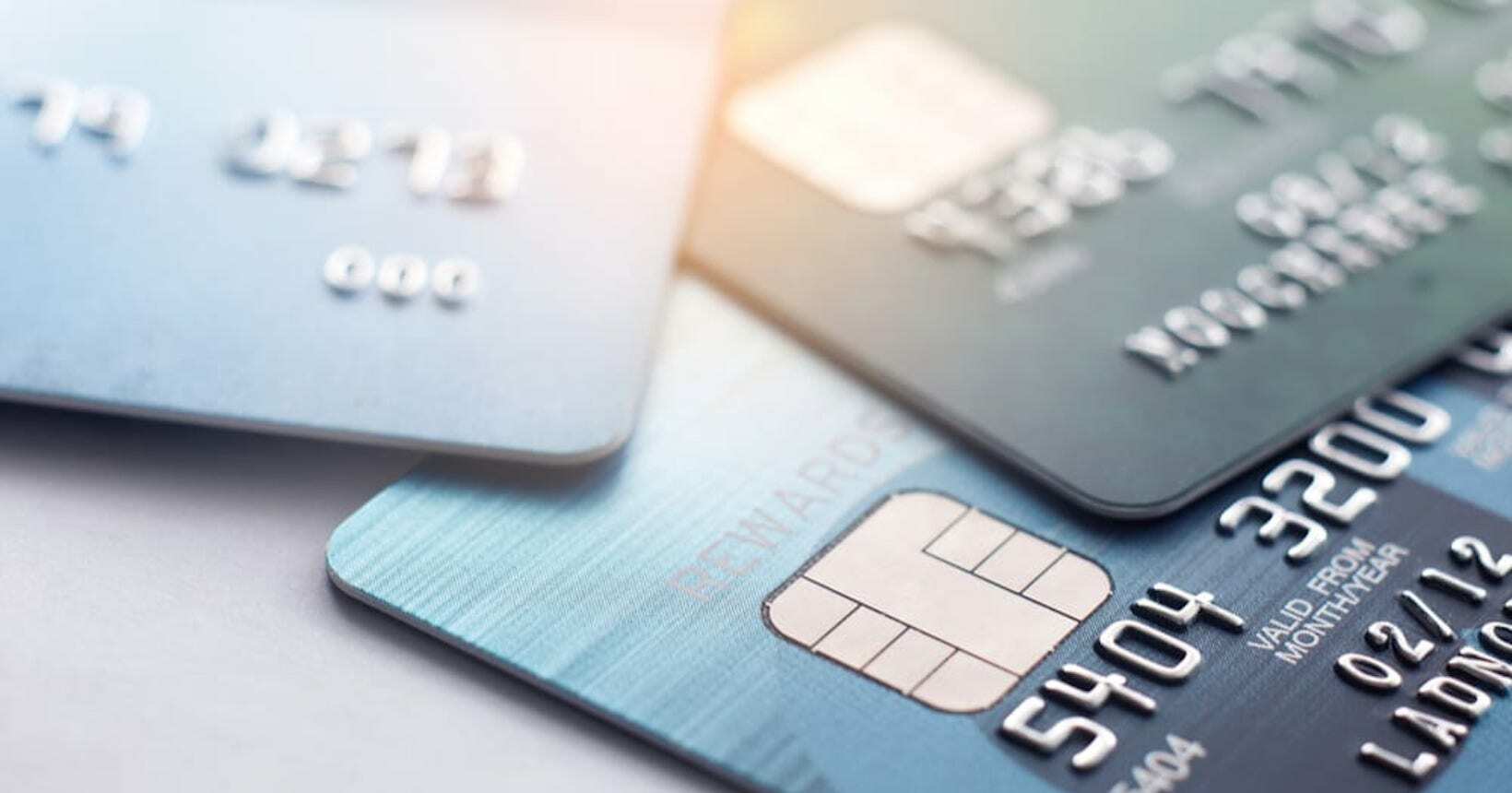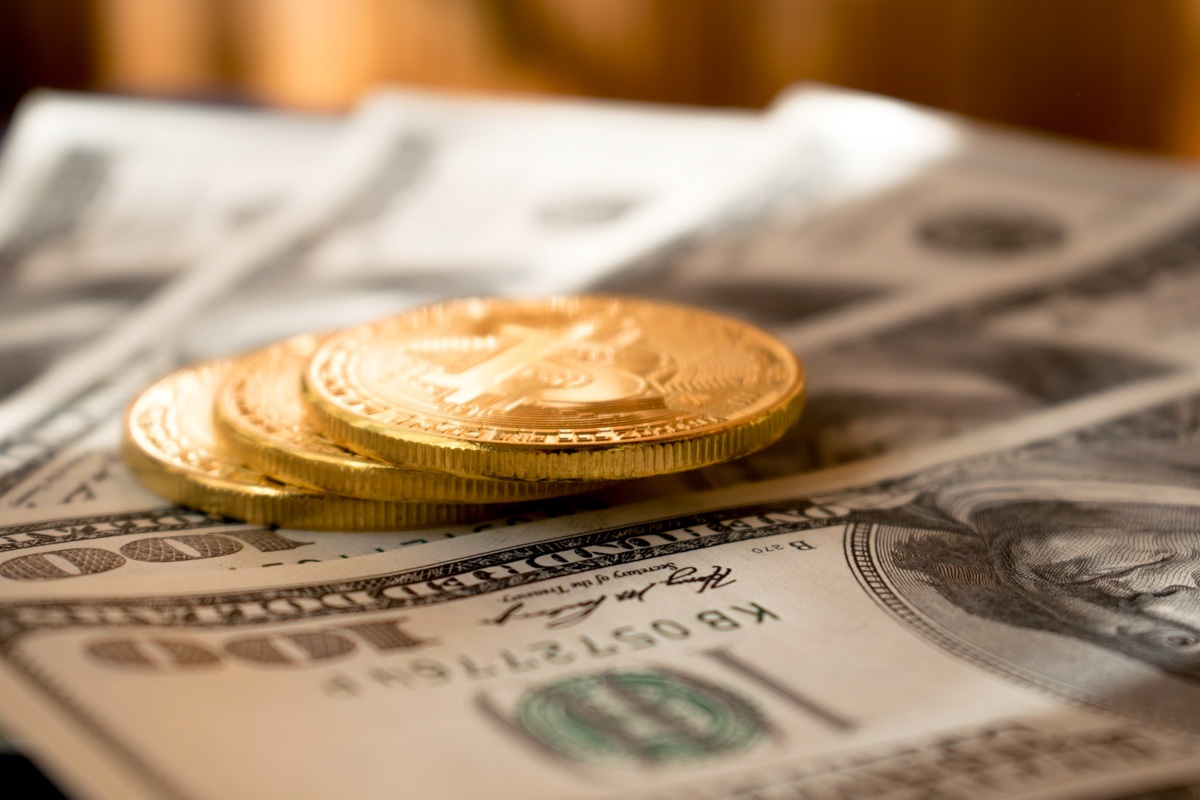![How to buy cheap dollars and save on international travel [2024]](https://wanderborderless.com/wp-content/uploads/2024/04/How-to-buy-cheap-dollars-and-save-on-international-travel.jpg)
In times of rising dollars, traveling abroad becomes more complicated. Most travelers don't know how to buy dollars cheaper, but you need to research the exchange options available and find the one that best suits your profile. International credit cards and prepaid cards were once the main forms of payment abroad, but lost their attractiveness due to the increase in the IOF (tax charged for transactions abroad). Other payment options abroad are cash and the recently arrived international digital accounts.
With so many options, how and where to buy cheaper dollars and save on international travel? Check out some tips to save on dollar purchases.
8 tips to save on dollar purchases in 2024
1- Plan in advance
If you have a trip planned or intend to travel soon, start planning the amount of dollars you will need. Those who wait to buy at the last minute have a high chance of paying more. The tip is to make an estimated calculation considering the expenses you intend to pay in cash, such as food, shopping, transportation and an extra amount in the case of an emergency.
Unfortunately, it is impossible to predict when the American currency will become cheaper. But one tip is to buy small amounts of the currency from time to time, taking advantage of market fluctuations, such as once a month or every two weeks. This way, you will have purchased the amount at the average price for the period and taken advantage of the lowest rates. Buying the entire amount needed at once will probably be more expensive.
2- Open an international digital account
The latest development in payments abroad are international digital accounts. They are cheaper than buying cash and have an IOF of just 1.1%. The most popular are Nomad, Wise and Revolut. With them, you will have a balance in dollars without exchange rate fluctuations and you will be able to make purchases using Apple Pay, Samsung Pay or Google Pay digital wallets or a physical card.
If you need cash, you can also withdraw it from ATMs, but you must follow the rules and networks to avoid being surprised by extra fees.
3- Search more than one exchange office
There are several tools that help you find dollars at the lowest price by comparing quotes from several exchange offices in a single search. Exchange offices may offer a more advantageous conversion depending on the amount of currency you are purchasing, so negotiate!
Avoid leaving to buy currency at airports. In addition to offering the worst rates, exchange offices located at airports generally only operate during business hours (if your flight is at night, early in the morning, on weekends or on holidays at a busy airport, forget it). There is also a risk that the place may not have the entire amount you want to purchase.
Be careful when buying foreign currency from “dollar dealers” or exchange offices with dubious reputations. In addition to the risk of purchasing counterfeit currency, the location may not be authorized by the Central Bank to provide exchange services. If in doubt, consult the list on Bacen website.
4- Check if your bank offers an exchange service
Some bank branches offer currency exchange services and even have ATMs with withdrawals in dollars, such as Banco do Brasil and BRB. Some banks also offer the service via the app or website. This option can offer convenience and some institutions have a different quote for account holders. However, you need to know all the fees charged for the service. Some banks charge a fixed amount of up to R$60 per transaction and, in the case of low amounts, the discount may not be worth it and the final cost of the transaction can be quite expensive.
5- Do not leave to exchange money in the destination country
In an emergency, you can even exchange reais for dollars in another country. In cities with a large flow of Brazilian tourists, such as Miami and Orlando, it is easy to find exchange offices that make exchanges. However, you will certainly be getting a bad deal. Unfortunately, our currency is not strong abroad, in addition to being little sought after. Therefore, exchange offices in other countries have very little interest in acquiring Brazilian currency and will offer less attractive conversions than in Brazil. Therefore, always travel with your purchased dollars.
6- Know the cost of using an international credit card
An international credit card is the most practical and simple way to make purchases abroad, but it is not the cheapest. It is important to know the costs that apply to this type of payment to avoid surprises when you receive the invoice. On all purchases made in foreign currency with the card, IOF of 4.38% is charged, a higher amount than the 1.1% charged when purchasing paper currency. In addition to the IOF, each bank also charges its spread/premium on the quote, which can reach 7%. In other words, using a credit card abroad can cost up to 11% more!

Before making a purchase with your card abroad, check the current quote on your bank's self-service channels, so you will know how much you will pay. Cards are required to charge the dollar on the day of purchase and no longer on the day the invoice is paid, as was done until mid-2020.
As a form of incentive and to “mitigate” extra costs, some cards offer additional points for purchases made abroad. Consider these benefits when making your purchases. You can check the scores of the main cards in the Melhores Destinos Credit Cards Ranking.
7- Rethink the use of prepaid cards
There was a time when it was advantageous to use prepaid debit cards abroad due to savings, security and practicality. However, the IOF charged on them became the same as credit cards, which caused them to lose their attractiveness and fall into disuse. Furthermore, the way these cards work is very similar to international digital accounts, in which we first deposit the amount and then spend it. In global accounts, the quote is more advantageous and the IOF is only 1.1%.
8- Don’t sell the dollar you didn’t spend on the trip
Unless you really need the money, it's not a good deal to exchange the dollars left over from your trip. The amount you will sell your dollars for will certainly be much lower than the amount you purchased.
Anyone who travels abroad once comes back home thinking about the next trip, right? So, if possible, save the residual value for a next trip. In the event of a devaluation of the real, the paper money you have at home will be insured.

How to buy dollars?
- Go to a currency exchange office or bank that does currency exchange operations (find the one closest to you in this link);
- Bring an official identification document as you will be asked for it, such as your ID, driver's license or passport;
- Enter the amount you want to buy;
- Make the payment in reais, which can be made in cash or via bank transfer or PIX;
- Receive the dollars.
Frequently asked questions about how to buy dollars
What do I need to buy dollars?
To buy at exchange offices, simply present an official identification document and bring the amount in reais you wish to use for the purchase. A more practical and secure option is to make the payment by bank transfer or PIX to the exchange office.
Another way to buy dollars is through international digital accounts. You will need to download the application and open the account using an official identification document. The exchange transaction must be done via bank transfer or PIX.
How to buy dollars in cash?
It is possible to buy US dollars at hundreds of exchange offices and banks throughout Brazil. You can find places to buy dollars in cash mainly in shopping malls and airports. Check the complete list of places that carry out foreign exchange operations in Brazil in this link.
What is the best way to buy dollars?
Currently, the main ways in which it is possible to buy dollars in cash are at exchange offices and through international digital accounts. Each offers different benefits and serves different audiences. The best way is determined by each traveler's profile, but the tip is to always use more than one payment method.
How many dollars can I buy per CPF?
There is no established limit for purchasing dollars per person in Brazil. However, if you purchase large amounts, you may be asked about the origin of the amounts used for the purchase. Additionally, exchange offices may have a limited supply of currency.
On my first international trips I always chose to use a credit card due to the convenience and accumulation of points. But I soon saw that the IOF weighed heavily, in addition to the exchange rate variation. So I started using more cash, even though this was not the safest and most practical means of payment. Today I use global accounts as my main payment method.
Even so, I always carry a certain amount in paper money and international credit cards for any emergencies. (One tip is not to keep all your cards in the same place. If you get robbed, lose your backpack or something, you will have a spare card somewhere else).
Read too
And you, what is your tip for saving money when purchasing dollars?


